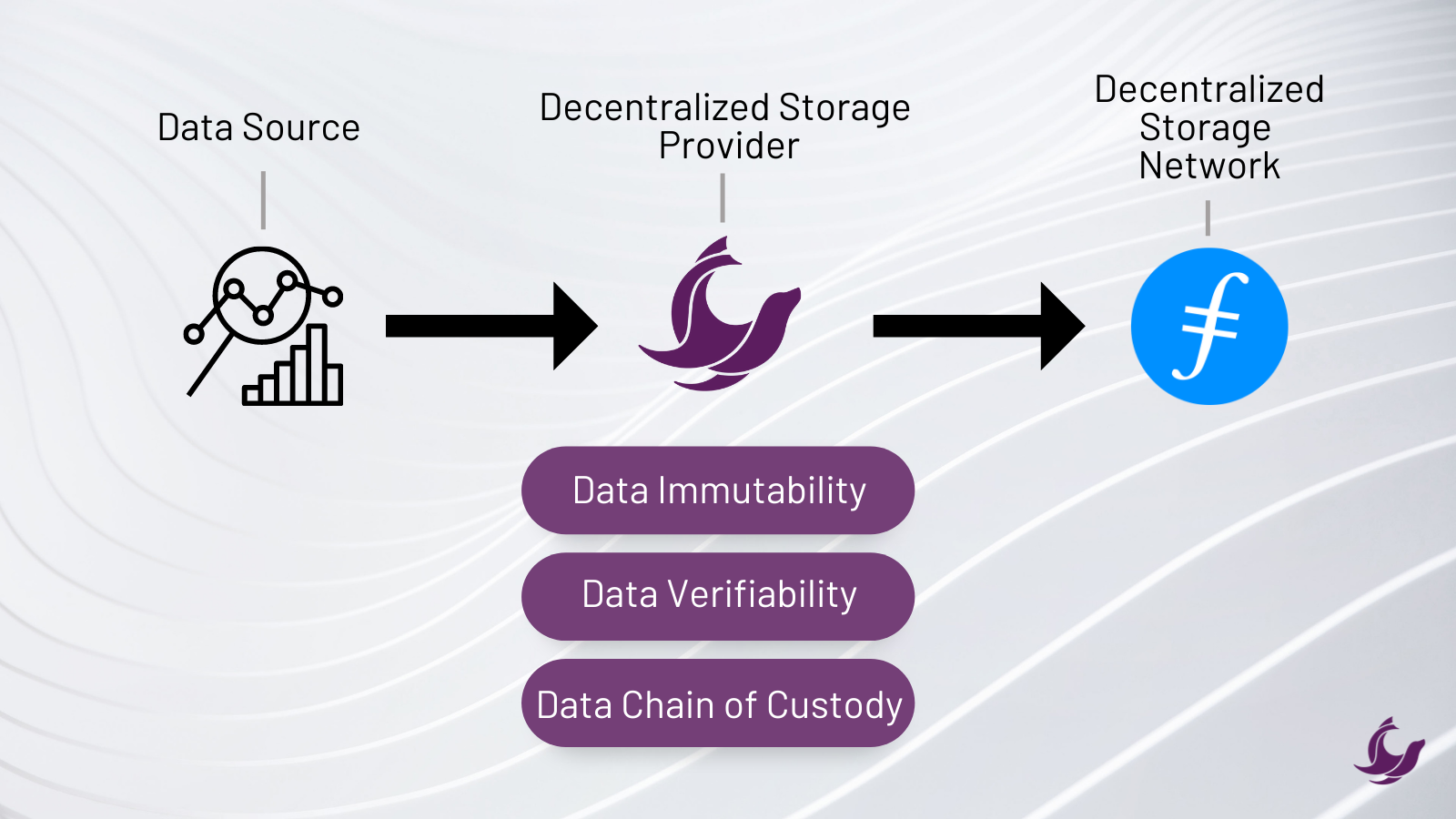Filecoin - What is it? A Simple Explanation
What is Filecoin?
Seal promotes the adoption of Web3 technology by offering sustainable, affordable, and immutable data storage on top of the Filecoin Network. But what exactly is Filecoin and how does it work?
Put simply, Filecoin connects storage providers (like Seal Storage) to clients (like UC Berkeley) to store their data. Client data is stored on Seal’s Web3 data storage platform, which is powered by Filecoin’s decentralized network.
How does Filecoin work?
Seal and other storage providers are incentivized to protect the data that is stored on the Filecoin network. Storage providers “seal” data into data centers by staking tokens with data storage and then submit proofs to the Filecoin blockchain in exchange for block rewards. The implications of this process are so revolutionary that we named our company after it.
Successful proofs establish the basis for immutable data storage; the data is stored off-chain on spinning disks while unique ID codes (called CIDs) reference the data sets and are added to the blockchain. The client gets secure and immutable data storage, verified via the CIDs, while Seal is rewarded in FIL (Filecoin’s token) for ensuring the data remains immutable. If a storage provider does not submit daily proofs ensuring data is unchanged, they lose their FIL. This incentive structure allows Seal to provide affordable (sometimes free!) data storage to universities and research institutions - as well as lower cost data storage for enterprises.
Why is Filecoin better than traditional centralized options?
Storing your data on the Filecoin network by choosing a storage provider like Seal is a fraction of the cost and far more secure than traditional centralized options.
Want a deeper dive into Filecoin? Here’s how it works, technically:
Filecoin is the only blockchain with consensus backed by useful storage.
Useful storage means the amount of block rewards a storage provider (SP) receives is proportional to the SP’s amount of proven storage.
So, how do you “prove” storage?
There are two proofs with Filecoin: Proof-of-Replication and Proof-of-Space-time
Proof-of-Replication - proves specific data is initially stored
Proof-of-Space-time - proves storage for the exact same data over time
What’s next for Filecoin and Seal
Seal sees an opportunity to grow the Filecoin Network demand by continuing to work with organizations and institutions that can reap the benefits of Web3 cloud storage; mainly: immutability, geographic dispersion, verifiability, and affordability. All of the institutions Seal is partnering with have large data sets and accelerating data requirements, which sets Filecoin up for immense growth in the near future.
Learn more about Seal’s role as an established leader in the Filecoin ecosystem and how we can help you onboard your data to the Filecoin network here.
Learn more about Seal’s role in the Filecoin ecosystem


